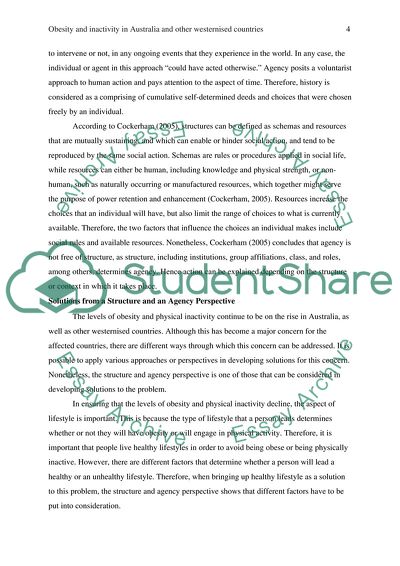Cite this document
(Obesity and inactivity in Australia and other westernised countries Essay, n.d.)
Obesity and inactivity in Australia and other westernised countries Essay. https://studentshare.org/health-sciences-medicine/1839470-obesity-and-inactivity-in-australia-and-other-westernised-countries
Obesity and inactivity in Australia and other westernised countries Essay. https://studentshare.org/health-sciences-medicine/1839470-obesity-and-inactivity-in-australia-and-other-westernised-countries
(Obesity and Inactivity in Australia and Other Westernised Countries Essay)
Obesity and Inactivity in Australia and Other Westernised Countries Essay. https://studentshare.org/health-sciences-medicine/1839470-obesity-and-inactivity-in-australia-and-other-westernised-countries.
Obesity and Inactivity in Australia and Other Westernised Countries Essay. https://studentshare.org/health-sciences-medicine/1839470-obesity-and-inactivity-in-australia-and-other-westernised-countries.
“Obesity and Inactivity in Australia and Other Westernised Countries Essay”. https://studentshare.org/health-sciences-medicine/1839470-obesity-and-inactivity-in-australia-and-other-westernised-countries.


